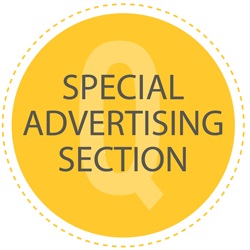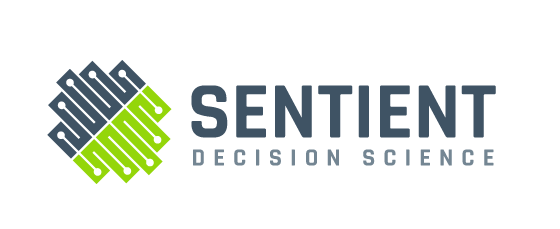 SPONSORED CONTENT
SPONSORED CONTENT
Jeffrey I. Goldstein
President, ACUPOLL Precision Research Inc.

jgoldstein@acupoll.com
513-943-0020
 When does conscious thinking override impulse and emotion?
When does conscious thinking override impulse and emotion?
While humans are often impulsive and emotional, we’ve identified eight factors that determine when conscious thinking takes more control. For example, people “think” more when they lack ingrained habits or have specific goals (e.g., diet restrictions). Other factors are driven by context during the shopping journey like time to shop or social influences. And, the individual’s levels of focused attention and energy play big roles. Given the variability, it’s critical to use a tool like Spark MCR™ to capture both conscious and non-conscious reactions.
Aaron A. Reid, Ph.D.
Founder and Chief Behavioral Scientist, Sentient Decision Science
 areid@sentientdecisionscience.com
areid@sentientdecisionscience.com
www.sentientdecisionscience.com
603-570-4819
 What kind of data do you get from measuring System 1?
What kind of data do you get from measuring System 1?
System 1 refers to the automatic processing of stimuli and the spreading activation of neural network associations in the mind. System 1 is fast, automatic and associative in nature. We call this “irrepressible cognition.”
In contrast, System 2 is slow, reflective and propositional in nature. System 2 functions on if/then statements and thus is reason-based. Typical survey instruments measure this conscious reflection in response to explicit questions. The type of data that you get is quantitative in nature and typically represents a degree of attitude or perception.
The format of the data that you get from measuring System 1 will look and feel quite similar to what you get from measuring System 2. It is typically transformed into understandable normative scales to ease interpretation. For example, millisecond response time and swipe velocity data following visual primes are commonly reported on an easy-to-understand 0 to 200 scale, where 100 represents neutral and the poles of the scale represent extreme positive or negative associations.
This data is also quantitative and measured at the individual level, which means you can combine it with the conscious data you’re already collecting from participants and run your standard statistical analyses.
However, while the form of the data will feel quite familiar, the nature of what the data represents is quite different, and that is where the power lies. When you isolate System 1 processing with a true implicit measure, you’re capturing what happens automatically in the consumer mind before the conscious filter kicks in. Thus, you can reveal true feelings, automatic gut-level responses and systematic biases. These unfiltered consumer perceptions and preferences form the foundation for true brand distinction, breakthrough new product concepts and the optimization of marketing messages.
